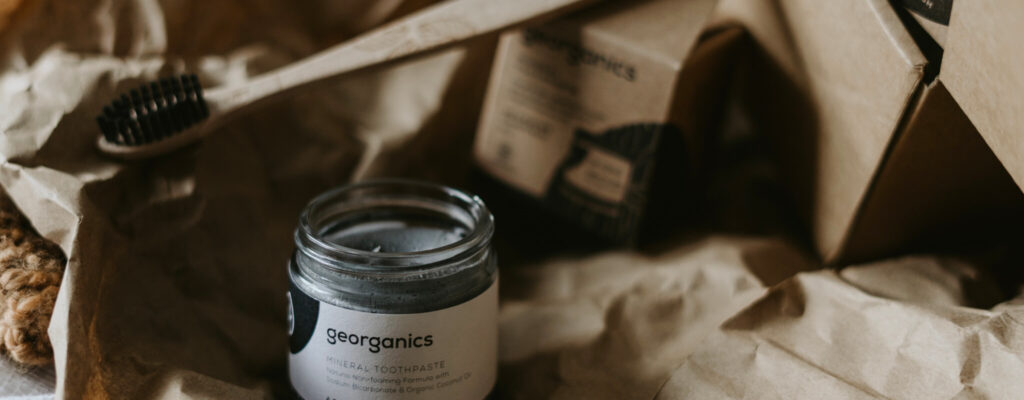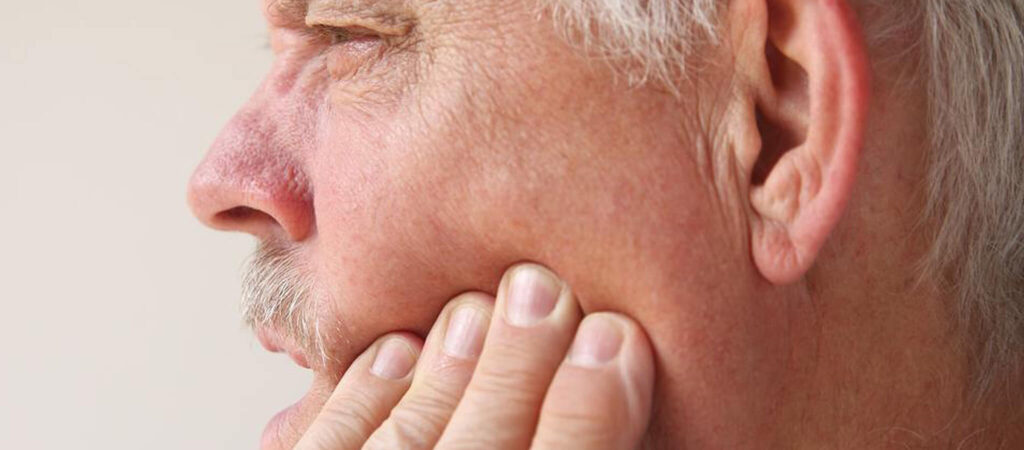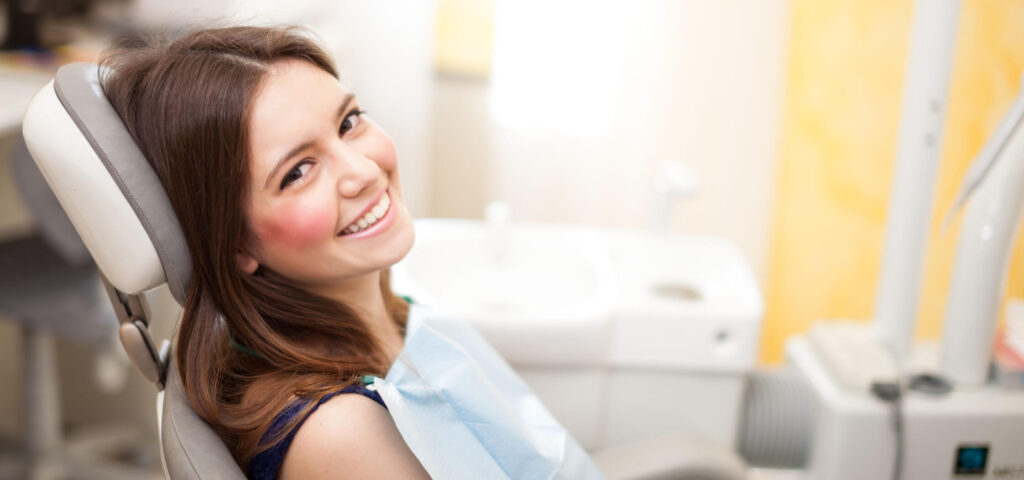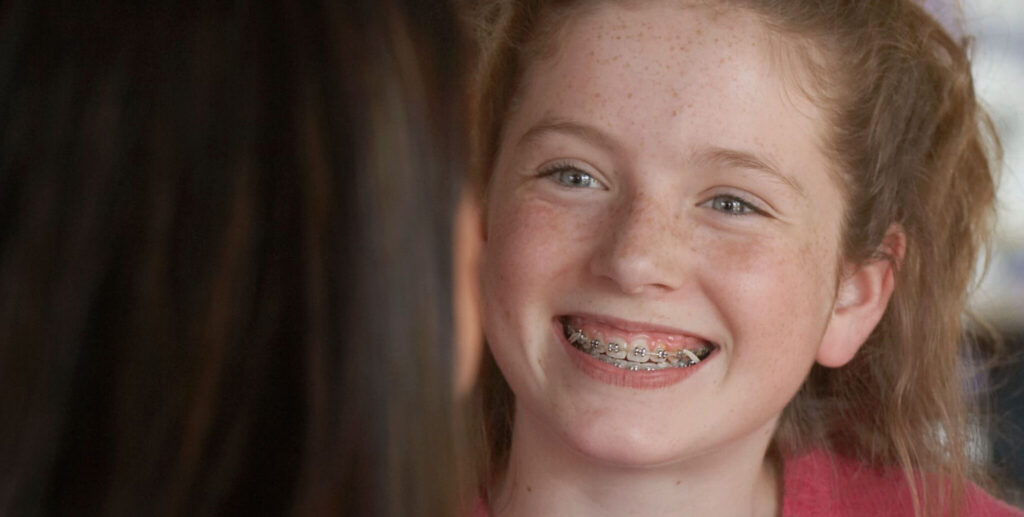Rubber bands are one of the most common types of appliances used with braces! When you start treatment with Greater Northwest Orthodontics in Issaquah, we’ll show you how to wear your rubber bands and tell you everything you need to know about your treatment.
In the meantime, check out this guide for rubber bands with different types of braces!
What are braces rubber bands?
Braces rubber bands are tiny elastics that hook around bracket/brackets on the top dental arch and bracket/brackets on the bottom arch to correct jaw misalignments. They can also be used with Invisalign aligners!
These appliances are used to correct overbites, underbites, midlines, crossbites and open bites.
Rubber bands may seem tricky to use at first, but they’re simple to apply once you understand how to attach them and where. That’s why we’re here!
Are there different types of rubber bands for braces?
Yes, there are different types of rubber bands depending on the orthodontic problem. For example, there are class II elastics to treat overbites, class III elastics to treat underbites, vertical elastics to hold teeth together and front cross elastics to treat midline misalignments.
But you don’t have to worry about the different types of braces rubber bands! That’s for Dr. Pawar to determine. All you have to know is how to wear them to achieve beautiful results.
How to Wear Rubber Bands on Braces
On your braces brackets, you’ll notice rubber band hooks on the top arch and the bottom arch. Your rubber band hooks will be located on a specific tooth or area, depending on your condition, but they’re generally located on the canine teeth (the pointy teeth in the corner of the mouth) and the molars (the big teeth toward the back of the mouth).
In some cases, rubber band hooks will also be prescribed on the bicuspid teeth (the premolars between the canines and molars).
Here’s how you’ll attach your elastics to your brackets:
- Wash your hands! This step is super important. Never touch your mouth with unwashed hands.
- Use one finger to place the rubber band over the hook on the top arch.
- Using two fingers, pull the rubber band across your teeth to the bottom hook.
- Hook the rubber band in place.
See? Super simple. We’ll show you how to do this in person when you start wearing your rubber bands too.
You can use a special little tool called a rubber band tool for braces to make it even easier. This tool is a small plastic hook that you can use to pull the rubber band down or up to the other bracket hook. If this “tool” is not available, tweezers should work just fine.
How do rubber bands work?
When you understand your orthodontic condition and the position of your bite, your rubber bands start to make a lot more sense.
If you have an overbite—meaning your upper jaw extends too far over your lower jaw—you would want to shift the upper jaw backward and the lower jaw forward to align them. In this case, your rubber bands will attach to a bracket on the bottom teeth, toward the back of your mouth, and a bracket on the top teeth, toward your canines. The rubber band tension will start to pull the upper jaw backward and the lower jaw forward, effectively treating an overbite.
If you have an underbite, then vice versa. You want your lower jaw to shift backward and your upper jaw to move forward, so your rubber bands will be attached the opposite way.
Your bands will be hooked on a top arch bracket and a lower arch bracket to create tension that accelerates the braces straightening process and aligns the jaw bones.
When do you start wearing rubber bands for braces?
It depends on your personalized treatment plan. Some patients may start wearing them after only a few appointments, while others may start wearing rubber bands toward the end of their braces treatment process. It all depends!
In most cases, you’ll be advised to wear your rubber bands through the day and night. You can remove them to eat, brush your teeth, and replace them with new rubber bands 1-3 times daily.
When you visit us for your complimentary consultation, we’ll explain everything you need to know! After Dr. Tripti Pawar examines your smile, we’ll discuss your personalized treatment plan in full detail.
Educating our patients is extremely important to us! That’s how the greatest results are created.
Still have questions about rubber bands and braces?
If you still have questions, please don’t hesitate to reach out to us. Our team is here for you, and we want to make your experience a positive one.
If you’re looking for an Issaquah orthodontist, we’d love to meet you and help you find your perfect smile! Take the first step today by requesting a complimentary consultation with Dr. Tripti Pawar and our experienced team.










